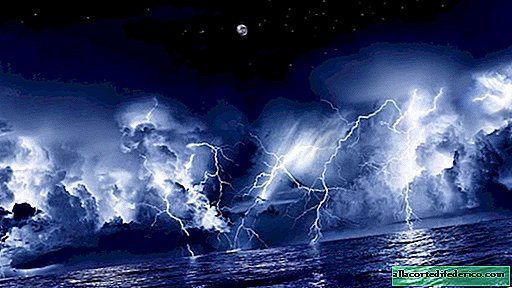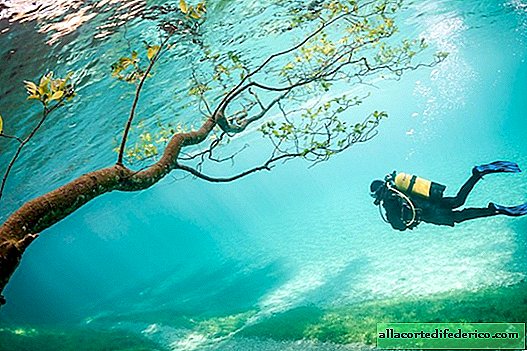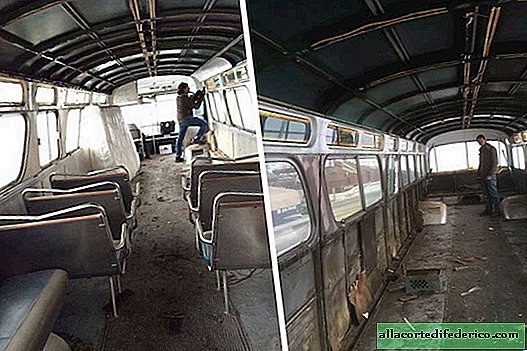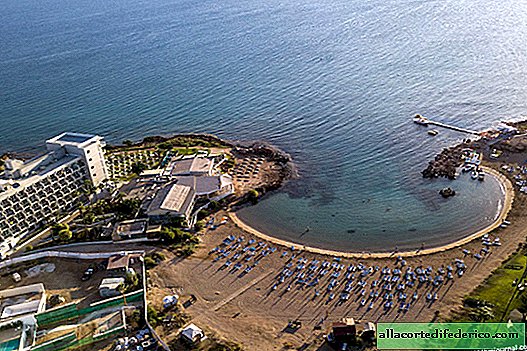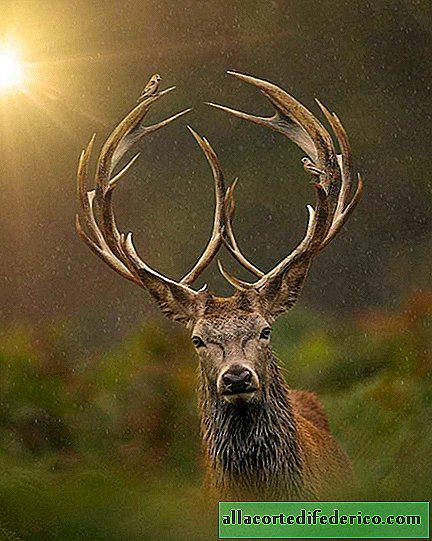Nazca geoglyphs: the greatest mystery of history that scientists have not yet been able to reveal
Humanity is exploring the cosmos and spending billions on the study of distant galaxies. Meanwhile, there are many mysteries on our planet that scientists have been puzzling over for decades. Among them are the stony plateau of Nazca in South America and its mysterious geoglyphs. Despite the current level of development of science and technology, historians still can not say for sure who and why painted giant figures in the desert.
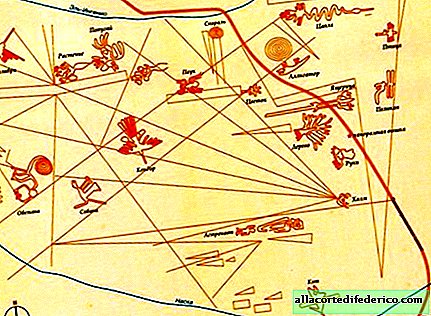
The Nazca Plateau is located in southern Peru, in South America. It is world famous for its geoglyphs - geometric or figured patterns made on the ground and having large dimensions. Geoglyphs are clearly visible from an airplane or satellite imagery, while standing on the ground, directly in front of the image itself, it can be difficult to assess the scale and meaning of the drawn object.

The first of the Europeans described the geoglyphs of the Nazca plateau, the Spanish explorer of South America, Ciesa de Leon. Then in 1553 he reported that he had discovered the Inca roads in the rocky desert and signs to them. Well, the real discovery of the Nazca geoglyphs occurred in 1939, when the American archaeologist Paul Kosok, flying on a plane over Peru, noticed gigantic drawings of animals and many lines.

In total, about 30 large drawings, mainly animals, more than 700 different geometric shapes (spirals, triangles, trapezoidal shapes) and more than 10,000 lines and stripes were found on the Nazca plateau. This is the largest amalgamation of geoglyphs on our planet, of all archaeologists found so far.

The Nazca geoglyph lines are made according to the principle of trenches. The drawings were made by excavating to a depth of about 25-50 centimeters. At the same time, the strips themselves have a width of up to 130 centimeters.

Many archaeologists and historians have been studying this mysterious place, but scientists still cannot answer the main questions.

One of the main mysteries of the Nazca Plateau is the time of the creation of unusual objects and its immediate builders. Most researchers agree that mysterious figures were drawn before the Incas arrived in this region, that is, before the XII century. Many associate geoliths with the Nazca civilization, which existed in this region from the 2nd century BC to the 6th century AD. An interesting feature is the fact that the drawings were made at different times. New ones were laid on top of old objects, so it can often be observed that images of animals, which are most likely more ancient, are crossed out by lines and geometric shapes. It is possible that figures and lines could be drawn by different civilizations and for different purposes. The lines executed with amazing mathematical accuracy surpass the capabilities of modern geodetic instruments in their parameters. It is hard to imagine how the Nazca civilization, albeit possessing ceramics and architectural skills, could complete such complex constructions.

The second question, which also has no reliable answer, is the purpose of the drawings and lines of the Nazca plateau. Maria Reiche, who devoted almost all her conscious life to the study of the Nazca geoglyphs, believes that the people who built them were competent astronomers, and the complex itself was intended to solve problems related to celestial bodies. Although a number of researchers refute this point of view. Judging by the fact that the lines and drawings themselves add up to some kind of picture, if you look at them from a height, they could be landmarks for aircraft. In this regard, it has been repeatedly suggested that the Nazca geoglyphs served for their landing. One thing is for sure: there are still more mysteries than answers about the purpose of the complex, and not one version is convincing.

Today, the Nazca geoglyphs are under the protection of the leadership of Peru and are part of the protected area. It is forbidden to drive vehicles, as any prints crash into the surface, leaving traces and violating the integrity of the Nazca complex.

Geoglyphs are located in a very arid, rocky terrain, so it rains here once every several decades, but there is no vegetation. Due to this, mysterious images were preserved almost in their original form. It is noteworthy that similar structures were found in North America (Blythe figures). In terms of technique, they have much in common with images of the Nazca plateau. But neither one nor the other is in a hurry to part with their secrets, remaining one of the most mysterious objects on our planet.

The material is copyrighted, when copying a link to an article or travelask.ru site is required

